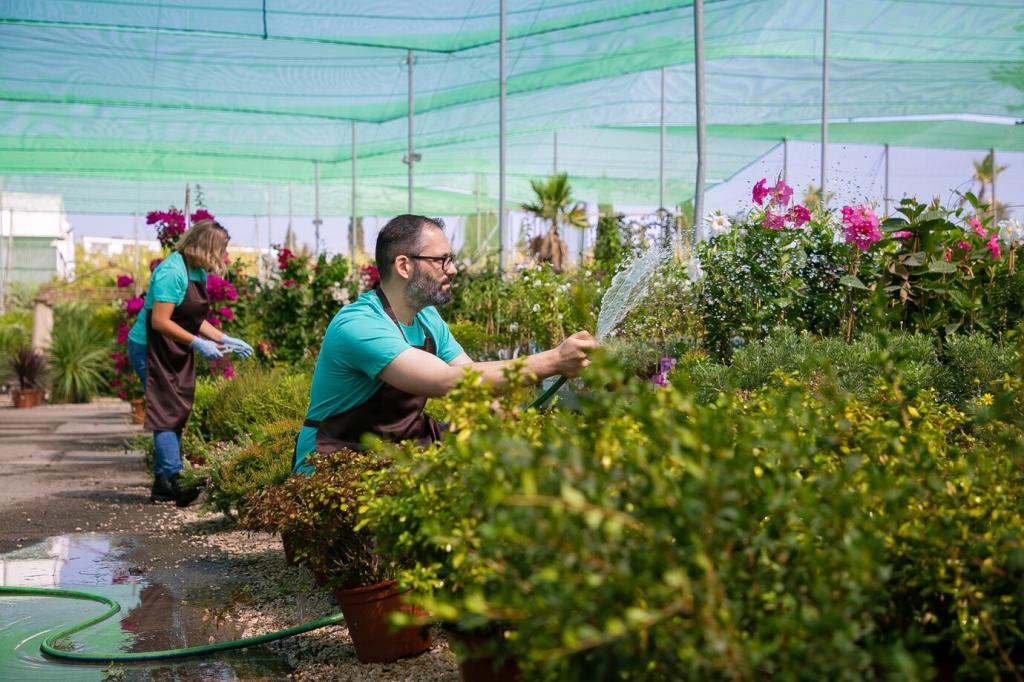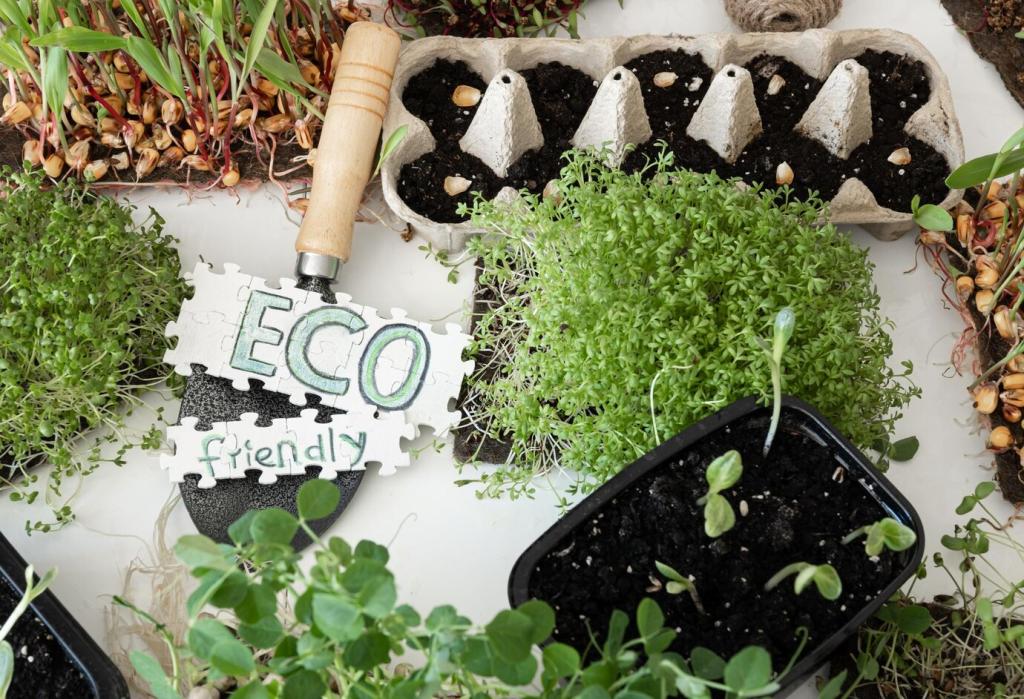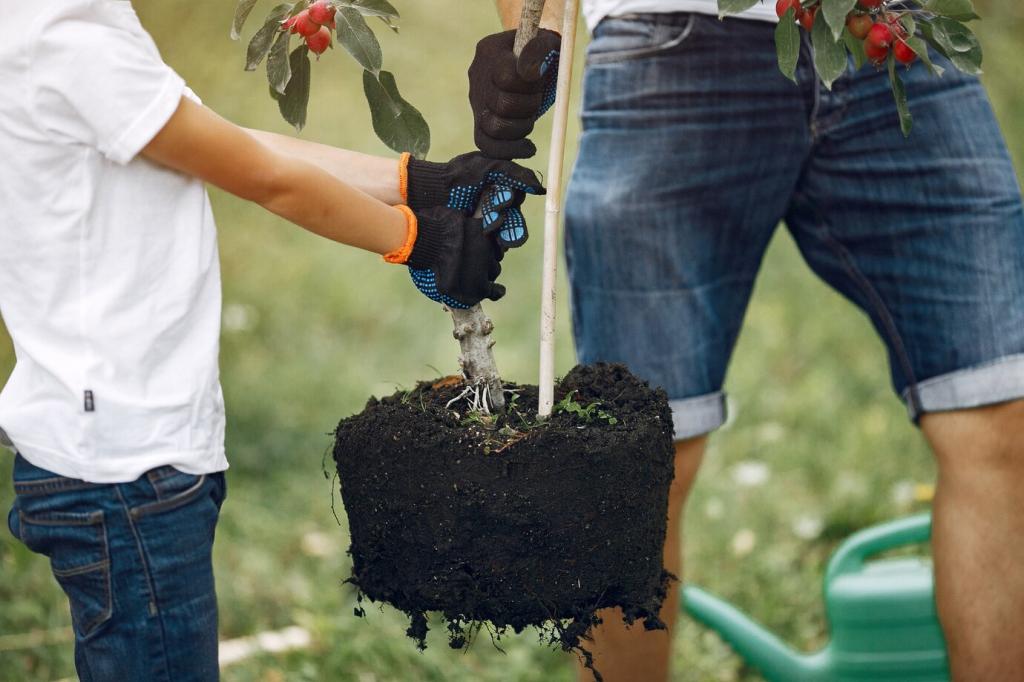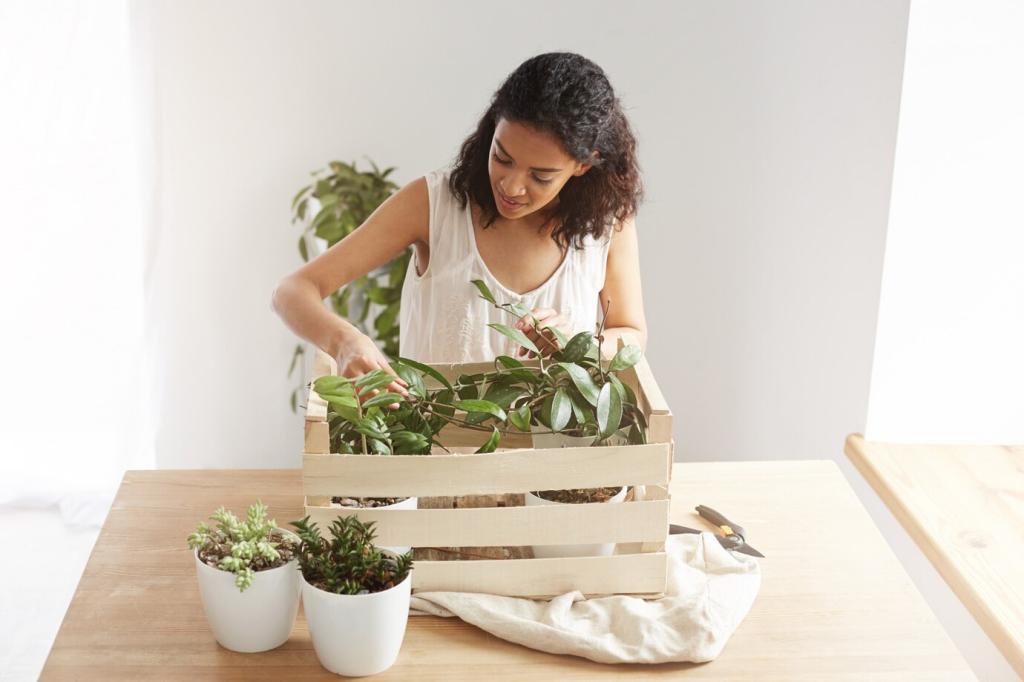Discover how sustainable gardening techniques can transform limited urban spaces into thriving green sanctuaries. By adopting eco-friendly practices specifically tailored for city environments, you can grow healthy plants, reduce your carbon footprint, and enhance local biodiversity. This guide provides essential insights into maximizing small areas, conserving resources, and fostering a harmonious relationship between urban lifestyles and nature, empowering city dwellers to create lush, resilient gardens even in the heart of densely populated neighborhoods.
Maximizing Limited Urban Space
Vertical gardening leverages walls, fences, and other upright structures to grow a variety of plants, from herbs and vegetables to flowering vines. By stacking planters or installing modular systems, city gardeners can multiply their planting area without sacrificing valuable floor space. Vertical gardens also offer additional benefits, such as improving air quality, providing insulation to buildings, and creating visual interest. This method encourages the cultivation of even the most shade-tolerant species or cascading edibles where space is scarce, making sustainable gardening accessible regardless of plot size.

Water Conservation Strategies
Drip Irrigation Systems
Drip irrigation delivers water directly to each plant’s root zone, minimizing waste and evaporation. Unlike overhead sprinklers, these systems provide precise moisture exactly where it’s needed, promoting more efficient growth and fewer water-related diseases. Installing drip irrigation in urban gardens not only helps reduce water bills but also supports a low-maintenance, sustainable environment. This targeted method is ideal for container gardens, raised beds, and vertical installations, ensuring urban plants receive the right amount of hydration without excess.
Rainwater Harvesting Practices
Collecting rainwater is an ancient yet highly relevant technique for today’s urban gardener. By installing rain barrels or cisterns to capture runoff from rooftops, gardeners can create a renewable water source for their plants. This practice reduces dependence on municipal supplies and mitigates urban flooding while promoting resource circularity. Treated correctly, rainwater can irrigate vegetables, wash garden tools, or refill small ponds. Even in drought-prone cities, harvesting rainwater empowers gardeners to sustain their green sanctuaries sustainably.
Mulching for Moisture Retention
Mulching involves covering the soil surface with organic or inorganic materials to conserve moisture, regulate temperature, and suppress weeds. Urban gardeners often use compost, bark, leaf litter, or even recycled newspaper as mulch in their beds and containers. This approach keeps roots hydrated, reduces the need for frequent watering, and enriches the soil as organic mulches decompose. Proper mulching is a simple yet effective practice, enabling urban gardens to thrive despite the unpredictable watering schedules or hot city climates.

Soil Health and Composting

Building Fertile Urban Soil
In many urban areas, soil may be depleted, compacted, or contain pollutants, necessitating thoughtful remediation. Techniques such as raised beds with imported topsoil, deep aeration, and the addition of organic matter help create an environment where plant roots can thrive. Introducing beneficial microorganisms and earthworms further enhances soil structure and nutrient availability. By prioritizing soil health, gardeners lay a strong foundation for sustainable, productive urban landscapes insulated from common city-based soil issues.

Composting Food and Garden Waste
Composting is a core principle of sustainable gardening, converting kitchen and yard waste into nutrient-rich food for plants. Even in small urban settings, compact compost bins or worm farms can be established on balconies, rooftops, or tucked into garden corners. This process not only reduces landfill waste but also provides a steady supply of organic fertilizer, minimizing the need for synthetic inputs. The ongoing practice of composting aligns with the circular economy, closing the loop between consumption and production within the urban garden.

Avoiding Chemical Fertilizers
Sustainable urban gardening favors organic amendments over chemical fertilizers, which can leach into water systems and disrupt local ecosystems. Natural alternatives, such as compost tea and manure, offer slow-release nutrition that enhances soil health over time. Embracing crop rotations and incorporating nitrogen-fixing plants further maintain fertility levels. By eschewing synthetic chemicals and prioritizing organic solutions, urban gardeners nurture a self-sustaining ecosystem that benefits their plants, local wildlife, and the wider community.
Native and Adaptive Plant Selection
Native plants occur naturally in a given region and have evolved to thrive in its specific climate, soil, and weather patterns. Choosing these varieties for urban gardens provides numerous advantages, from lower water and fertilizer needs to greater resistance against local pests and diseases. Native flora also supports native pollinators and birds, fostering a lively and balanced urban ecosystem. By prioritizing local species, city gardeners can ensure the longevity and sustainability of their green spaces while celebrating regional botanical heritage.
Urban gardens may face limited rainfall or water restrictions, making drought-tolerant species an excellent choice. These plants, ranging from succulents to Mediterranean herbs and certain ornamental grasses, are adapted to thrive with minimal irrigation. Their robust root systems often help stabilize soil, prevent erosion, and resist pests. Drought-tolerant selections not only ease the strain on water resources but also ensure gardens remain lush and attractive throughout periods of dry weather, providing year-round beauty and ecological value.
Incorporating a diverse mix of plants, especially a blend of native and well-adapted exotics, supports a broader array of insects, pollinators, and birds. This diversity creates resilient urban ecosystems that can better withstand pests, diseases, and environmental stresses. Additionally, multi-layered plantings mimic natural habitats, offering shelter, food, and breeding spaces for wildlife. Urban gardeners who thoughtfully curate their plant assortments help maintain essential biodiversity within cities, counterbalancing the ecological effects of urbanization.

Reducing Waste and Reusing Materials
Upcycling Household Items for Gardening
Many garden supplies can be sourced from everyday household waste, turning potential landfill into useful resources. Items such as old buckets, shipping pallets, or glass jars can be refashioned into containers, trellises, or cloches. This strategy not only reduces purchasing costs but also gives new purpose to objects that might otherwise be discarded. By seeing value in the surplus around them, urban gardeners foster creativity, minimize their ecological footprint, and demonstrate sustainable living in action.
Composting to Reduce Organic Waste
Diverting organic waste from the trash stream through composting has lasting benefits for both gardeners and the wider urban environment. All vegetable scraps, coffee grounds, eggshells, and garden clippings can be transformed into nutrient-rich compost. This not only decreases municipal landfill burdens but also closes nutrient cycles within the garden itself. The result is a rich, fertile medium that supports plant health without the need for artificial additives, making composting an essential practice in circular, zero-waste urban gardening.
Sourcing Local and Reclaimed Materials
Urban gardeners can further reduce their impact by sourcing materials from local or reclaimed sources. Using salvaged bricks for pathways, locally milled wood for raised beds, or well-composted leaf mold from community parks enhances the garden’s sustainability profile. This approach cuts down on transportation emissions, supports local economies, and often brings unique character to the garden. Relying on what’s readily at hand not only benefits the planet but also encourages a more mindful connection to place in the bustling urban landscape.
Integrated Pest Management in the City
One of the cornerstones of IPM is attracting and supporting beneficial insects, such as ladybugs, lacewings, and parasitic wasps, which are natural predators of common pests. By planting insectary plants like yarrow, dill, and marigolds, and avoiding broad-spectrum pesticides, gardeners allow these helpful species to flourish. Creating habitats with rocks, logs, or insect hotels further encourages beneficial populations. This natural balance keeps pest numbers in check and reduces the need for intervention, fostering a healthier and more resilient garden ecosystem.

Community Engagement and Shared Resources
Community gardens transform vacant lots, rooftops, and underused courtyards into productive communal spaces. Residents come together to share tools, compost, and knowledge, while the garden itself becomes a hub for social interaction and education. Such collaborations promote food security, environmental stewardship, and a sense of belonging, empowering city dwellers to shape their environment positively. Community gardens are powerful examples of sustainable urban agriculture in action, demonstrating the value of shared effort.
Tool libraries provide urban gardeners with access to otherwise costly or bulky equipment, such as tillers, wheelbarrows, or compost shredders. This model reduces material consumption and encourages a circular economy within the community. Resource sharing extends to seeds, plants, and even harvested crops, maximizing efficiency and minimizing waste. By participating in tool libraries and similar initiatives, city gardeners help democratize access to sustainable gardening solutions and reinforce communal bonds.
Workshops, seed swaps, and gardening clubs foster the exchange of knowledge and skills at the neighborhood level. These activities empower residents to experiment with sustainable techniques, troubleshoot challenges, and celebrate shared successes. Educational programs for children cultivate a new generation of urban gardeners, instilling values of stewardship and self-sufficiency. By supporting local learning and collaboration, city gardens become incubators for innovative practices and resilient communities.
